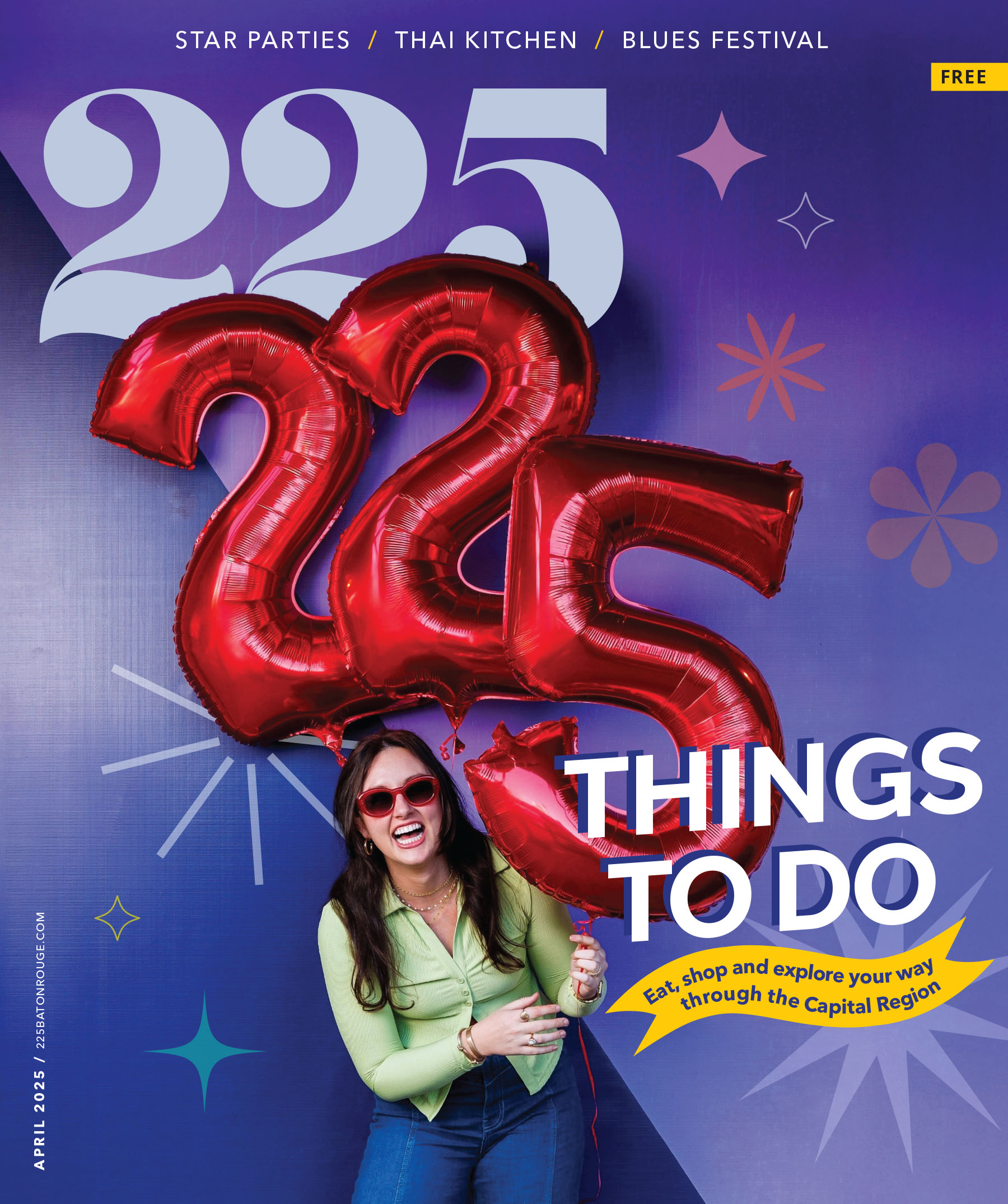Currently, Baton Rouge has four sister cities: Malatya, Turkey; Aix-en-Provence, France; Cordoba, Mexico; and Taichung, Taiwan. But what exactly does having a sister city mean?
“You broaden your horizons,” Mayor-President Kip Holden says. “You learn more about what other cities are doing. You can do a comparison to see whether or not there are some things you are lacking in your own city that you may now be able to embark upon to change lives.”
Holden says traveling and experiencing different cultures firsthand inspires these city-to-city relationships. He never sets out with specific partnerships in mind.
“It’s just whenever I go to a place and see things that I like,” he says. “When I see a progressive city, when I see a great mayor or a great leader, I observe, and then make a decision that this is a city we should become closer to because we can both offer advantages to each other.”
But that doesn’t make these agreements easy. Sister cities come and go. In the 1980s, for example, Baton Rouge’s official sister city relationship with Port-au-Prince came to an end.
“With all the uprisings and the upheaval in Haiti, the relationship went completely dormant from both sides,” says Monika Olivier, president of the Baton Rouge Center for World Affairs, Inc. “Maintaining an international relationship takes a lot of work, and there are scarce funds that have to be used most efficiently.”
While a sister city designation requires official signatures and typically involves a ceremony, much of the work of keeping up these relationships—other than the mayor’s personal communication with the foreign leaders—is up to civic organizations and other groups within the Baton Rouge community.
The Red Stick’s next sister city will most likely draw on local educators and be another city in France. Holden has made inroads with the Counsel General of France, based in New Orleans, and discussed methods of assisting foreign exchange students—both French students in Baton Rouge and our local students studying abroad—to become more acclimated and invested in their temporary communities.
Delegates from Baton Rouge’s sister cities often return to the Red Stick for the International Heritage Celebration, held downtown each October.
Beyond breaking down cultural barriers and celebrating the uniqueness of other cities and perspectives, the sister city program is one that Holden views as a strategic economic development tool as well.
In the 1980s, Taiwanese-owned Formosa Plastics located a plant here after Taichung had been a sister city with Baton Rouge for several years.
Now, Holden says business executives from the same area are interested in how they can assist the Baton Rouge Area Foundation with the development of the “Water Campus” research facility that LSU will operate.
“In China I went to a company that makes Samsung, Panasonic and LG, and saw how they assembled those different TV brands,” Holden recalls. “Now, I will probably go back to China and see if I can get them to locate a plant in B.R. Those are the types of opportunities you get.” brcwa.com







